Wii Hands-On: Hardware, Wii Channels, and Virtual Console
Hands-on with the Wii! We explore the system, check out the difference between component and composite cables, test the Wii Channels, and play Virtual Console games.
The Nintendo Wii is finally here. Although the company has stated that the console isn't intended to compete with the PS3 or Xbox 360 from a high-definition graphics standpoint, the Wii hardware has many next-generation features, including Wii Channels, a "Virtual Console" option that lets players purchase and download legally emulated versions classic games for various systems of yesteryear, and, of course, its infamous motion-sensing controller. We go under the hood and explore everything the Wii system has to offer.
Wii Hardware
The design of the Wii retail box tells you everything you need to know about Nintendo's new system, but not in the traditional manner with spec lists and game advertisements. The Wii's retail box is far different from any other console package we've ever seen. You can't find a list of technical specs anywhere on the box, and game screenshots, which usually blanket the back of system boxes, are conspicuously absent. The only visible high-tech jargon, the package contents and epilepsy warning information, is hidden away on a side panel.
Mouse over the image to see an alternate Wii shot.

The front of the white box features the Wii console and a Wii Remote. The Wii logo sits centered over the picture in a low-contrast gray font. The back panel has the same Wii logo and a picture of a hand holding the Wii remote. You would have to coat the package with buttercream frosting to make the Wii box more accessible and nonthreatening to nongamers.
Our $249 Wii package included the Wii console; a console stand; a Wii Remote, with Nunchuk attachment and two AA batteries; a sensor bar; an AC power adapter; a composite AV cable; a copy of Wii Sports; and operation manuals in three different languages.
The Wii console is much smaller than the Xbox 360 and PlayStation 3. You can easily stack the system in the middle of a component rack or stand it next to your TV or a free-standing speaker, but you'll also need to make space for the system's sizable power brick. You can turn on the system by pressing the power button on the front of the console or by hitting the power button on the Wii remote. The system boots up quickly and runs quietly.
The console has a front panel that flips open to reveal an SD memory card slot and a sync button used for connecting wireless Wii Remotes to the system. The top of the system has two more hidden panels. One large, removable panel covers four GameCube controller ports and another smaller panel covers two GameCube memory-card slots. The Wii's slot-loading disc drive can play Wii discs and is also backward compatible with GameCube discs. The Wii can't play DVD movies, but Nintendo has indicated that the feature may come in the future.
The rear of the console has two USB ports, an AV multi out, a power connector, and a port for the sensor bar. The sensor bar is a separate console peripheral designed to maintain accurate controls by providing a reference point for the Wii Remote. Nintendo took great care in making the bar as unobtrusive and easy to install as possible, since people don't really want to spend thousands of dollars on a nice flat-screen TV only to ugly it up with a console attachment. The bar can sit above or below your display, and Nintendo included a small stand and double-stick tape to enable several installation options. The system comes with a composite AV cable for regular 480i displays, but we recommend getting a set of component cables to get support for 480p. The difference in image quality is very noticeable.
Wii Remote
The Wii Remote feels natural in your hand. The two AA batteries sit in the bottom half of the controller and lower the remote's center of gravity, which is great for balance since you primarily only hold the bottom half of the controller. The top face of the Wii Remote has a slick plastic surface, while the underside has a textured matte finish, which seemed to help prevent the controller from getting sticky during long play sessions. The remote comes with a wrist strap designed to keep the controller from flying away in case you accidentally lose your grip while playing games. It's a good idea to set up your Wii in a large room since each player will need a decent amount of space to swing the remote around.
The Nunchuk attachment plugs into the bottom of the Wii Remote and functions as a secondary controller for your off hand. It has an analog thumbstick and two buttons. The Nunchuk also has a motion sensor--you can shake the Nunchuk while fishing in Zelda to move the lure and attract fish.
You can calibrate the Wii Remote sensitivity and sensor-bar position in the Wii settings menu. We found that the remotes worked equally well on large screens and small screens. The Wii Remotes also worked on a variety of display types here in the office, including CRTs, LCDs, and even a rear-projection television.
Cable Comparison
We broke out a separate section for more component-versus-composite cable-comparison shots since we wanted to show how the image-quality difference affects different games. High-detail games like Twilight Princess will get the most benefit from component cables, but you can get away with using composite cables in games with more simple graphics. Mouse over the default composite cable image to see the component cable version.
Super Monkey Ball: Banana Blitz
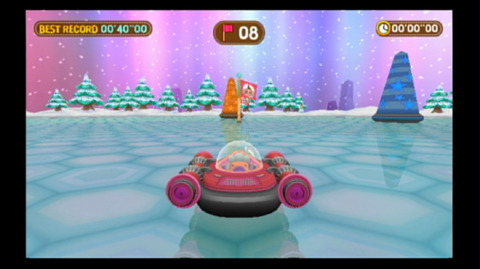
It might be difficult to get a hold of component cables right now since they're only available online, but they're well worth the investment. The Wii is the only next-generation console that doesn't support HD resolutions, so every little bit helps.
Wii Channels
The Wii menu is built around the Wii Channels navigation system. Each channel is a specific application that you can run on the system. You'll see the Disc, Mii, Photo, Wii Shop, News, and Forecast channels when you first turn on the console. The News and Forecast channels aren't active yet, but you should be able to visit channels to see world news and weather forecasts as soon as those services are up and running. According to Nintendo, the Forecast channel will go live on December 20 and the News channel will be ready on December 27. More channels appear as you make Virtual Console purchases since each game will get its own channel. Individual channels load very quickly, and shifting between channels is nearly instantaneous.
The Disc channel is the first available selection in the channels menu. It will display the name of a game if you have a game disc in the machine. Select the channel and press start to launch the game.
The Mii channel lets you create your own Mii, a personal avatar. You can use your Mii to play as yourself in Mii-compatible games such as Wii Sports. You can customize your gender, face shape, skin color, hair color, eyes, eyebrows, nose, mouth, glasses, height, and weight. Each individual facial feature has its own customization options that will let you set colors and move features around.
You can transfer Miis to another system by saving them to the Wii remote and bringing the controller to a friend's console, or you can connect the two systems online via WiiConnect24. Foreign Miis will show up on the Mii Parade screen where you can grab them and place them in your personal Mii Plaza. Once a Mii is in the Plaza, it'll appear as an option in Mii-compatible games.
The Photo channel is where you view photos and play slideshows from an SD memory card. The photo-browsing screen displays thumbnails of all the photos you have on the SD card. You can zoom in or zoom out on the menu to increase or decrease the size of the thumbnails, and the screen will dynamically shift thumbnails as the screen width increases and decreases. The Wii offers several music soundtracks for slideshows, but you also have the option to play an MP3 from the SD card. You can post photos to the Wii Message Board and send them to friends.
There's also a "Fun!" menu option that lets you apply mood filters, doodle on images, or transform images into a puzzle that you have to put back together. We were able to use the channel to load up JPEG images, and we even got an AVI video to work.
The Wii Shop channel gives you access to Virtual Console games and Wii Ware software programs developed specifically for the Wii. The Wii Ware section is empty right now, but it does have a coming-soon notice for the Wii's Opera Web browser, which may or may not be a free download when it does come out.
The shop uses its own Wii Points currency system similar to the one Microsoft uses for the Xbox 360. You can buy points online by credit card from the Wii Shop, or you can buy prepaid Wii Points cards in retail stores. The conversion rate is approximately 100 Wii points to $1. We say approximately because there are always ways to use sales or coupons to get discounted point cards from retail stores. Buying Wii Points from the Wii Store can become a chore since you have to enter in your credit card account information every time you want to buy points. There's no way to save your credit card information on the system.
Virtual Console
You can purchase Virtual Console games from past console systems, including the NES, SNES, Nintendo 64, Sega Genesis, and TurboGrafx-16. Expect to pay more for games from more powerful platforms. NES games cost 500 points apiece, but you'll have to pony up 800 points for SNES and Genesis games and 1,000 points for Nintendo 64 games. Note that some games require the $20 Wii classic-game controller or GameCube controller to run. You'll see the controller requirements pictured next to the ESRB rating on the game-purchase screen. The system won't even let you run the game if you don't have the proper controller attached.
All the Virtual Console games we bought worked great--you can find reviews for many of them on our
Storage space will become an issue if you buy a lot of Virtual Console games, but you can delete old games to make room for new ones. Nintendo will let you redownload old purchases at no charge. However, purchases made through the Wii Shop are tied to your specific Wii console. You cannot transfer Virtual Console games from one Wii to another. You can transfer game saves from the console to the SD card, but the system won't let you copy Virtual Console games.
Wii Message Board
The Wii Message Board is the community area on the system. You can post memos or write messages to other people on the Message Board. Only people using the console will actually be able to see and read the memos, but you can send messages to other Wii systems over the Internet if you have them registered as friends.
To add an online friend, each person needs to add the other person's Wii system code into the system's Address Book. The system code is a 16-digit number that you can find by scrolling left on the Address Book's opening page. You can also register PC or cell-phone users as friends if you enter in their e-mail address. Nintendo will send a confirmation e-mail to the address, and the person must respond to confirm the Wii system as a friend.
Registration wasn't an instant process when we tried to get two Wii systems to make friends. We got two Wii systems together and registered them as friends by adding each other's system codes, but we weren't able to send messages to each other right away. We had to wait 10 minutes before the "send message" option opened up on the first system. Even then, the second system didn't recognize the first as a friend until 30 minutes later.
We had a better experience when we tried adding a PC as a friend. We registered a friend with a Gmail address. Then we logged into the Gmail account and confirmed the registration e-mail sent by Nintendo. We were then able to send messages from the Wii to the Gmail address and vice versa. Messages took about 5 to 10 minutes to arrive, but we can understand if Nintendo needs some time to get its mail servers running smoothly.
Overall, we are very impressed with how well the entire Wii system works. When you think about the wireless remotes, the Wii Channels, the Virtual Console system, and the Message Board--there's a lot that could have gone wrong, but Nintendo was able to deliver a complete system on day one. A couple features such as the News and Forecast channels, as well as the Wii Ware items, are still missing, and the online friends system runs a bit slow, but everything else in the system works perfectly.
Visit our
Got a news tip or want to contact us directly? Email news@gamespot.com
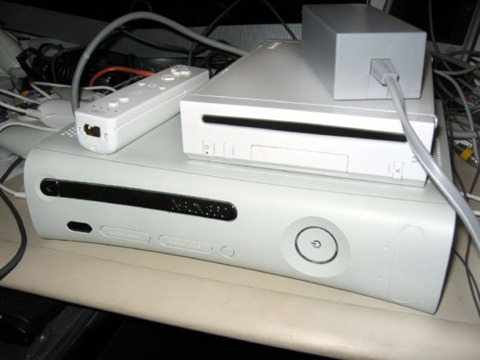
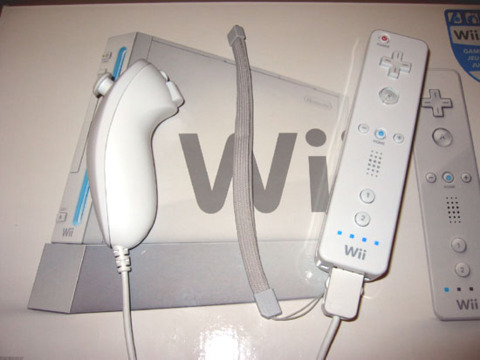




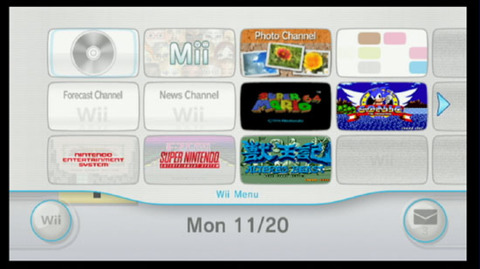


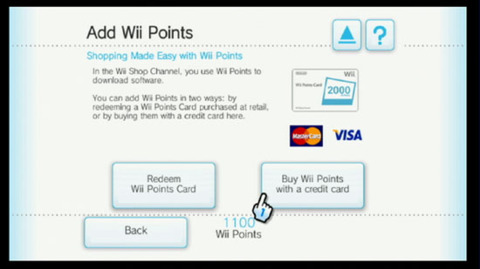

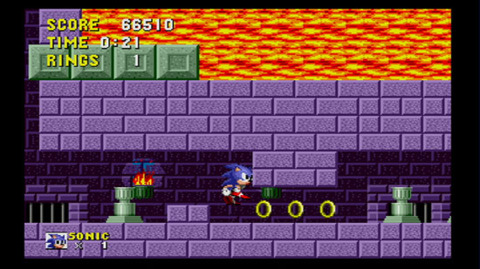
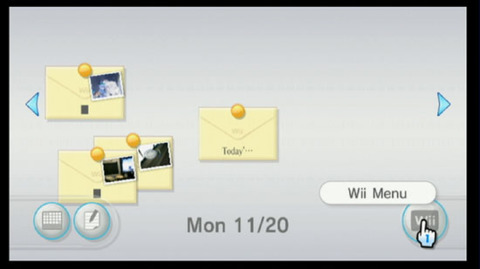
Join the conversation